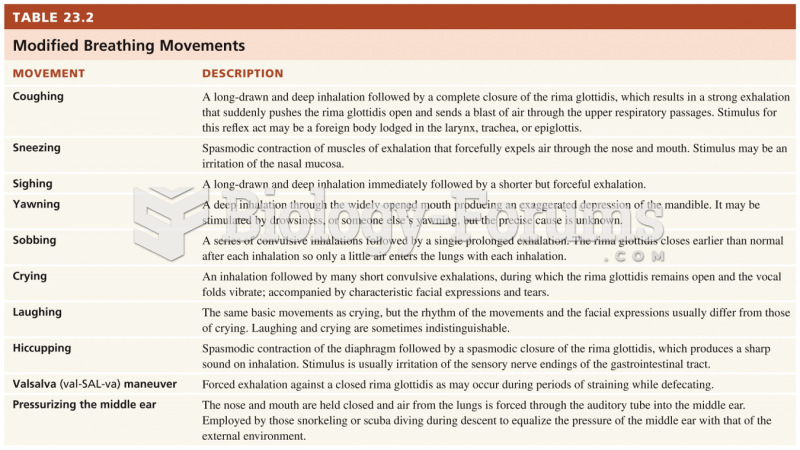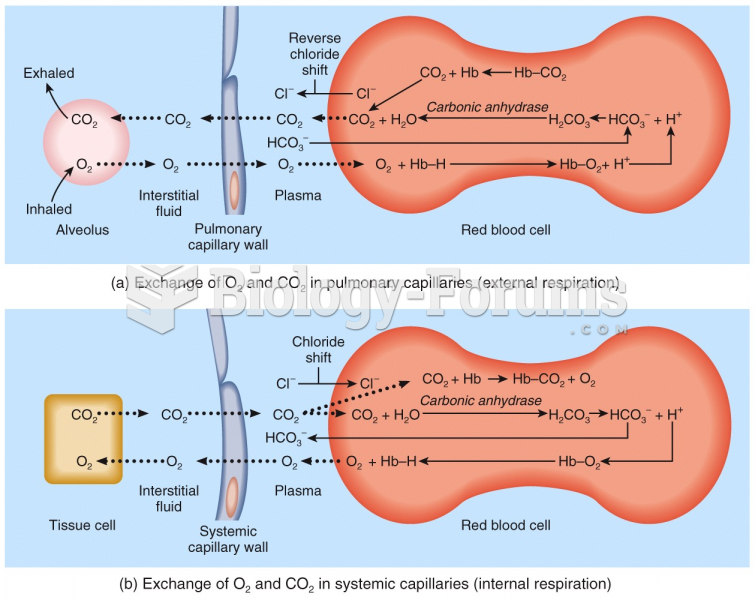Answer to Question 1
The power to award alimony is statutory, but, unlike child support awards which are essentially formula based, alimony decisions are left to the discretion of judges. Virtually all states, whether by statute or judicial decision, have identified the primary economic and non-economic factors to be considered by the courts when making alimony determinations. The fundamental question in an alimony case is, does one of the parties have a need for financial support that the other party has the ability to meet? The student should be able to select five factors from among those described in the material below.
The Uniform Marriage and Divorce Act (UMDA) lists the following factors as appropriate for consideration in the making of alimony determinations:
a) the financial resources of the party seeking alimony, including marital property apportioned to him, his ability to meet his needs independently, and the extent to which a provision for support of a child living with that party includes a sum for that party as custodian
b) the time necessary to acquire sufficient education or training to enable the party seeking alimony to find appropriate employment
c) the standard of living during the marriage
d) the duration of the marriage
e) the age and physical and emotional condition of the spouse seeking alimony
f) the ability of the spouse from whom alimony is sought to meet her needs while meeting those of the spouse seeking alimony
Additional kinds of factors that may appear in a given state's spousal support statute include the following:
a) the earned and unearned income of each party, including, but not limited to, earnings, dividends, and benefits, such as medical, disability, retirement, or social security
b) the relative current and future earning capacities of the spouses
c) the respective liabilities of the parties
d) the backgrounds of the parties in terms of education and training and the prospects of the spouse seeking alimony to become self-supporting within a reasonable period of time
e) contribution of each of the parties to appreciation of the marital estate or to the education, training, career, and increased earning power of the other party
f) contribution as a homemaker
g) the misconduct/fault of either or both of the parties up to the time of the separation most particularly fault with financial consequences
h) the property brought to the marriage by the parties (or their families)
i) the federal, state, and local tax ramifications of the alimony award
j) a final catch-all provision allowing the court to consider any additional factors it may consider relevant
A judge may be required to consider and make findings with respect to each of the statutorily defined factors in the jurisdiction but usually may assign whatever weight he or she believes is appropriate to any particular factor in light of the facts of each case. A decision can then be made with respect to the most appropriate form, duration, and amount of alimony, if any, to be awarded. Absent an abuse of discretion, an alimony decision will generally not be disturbed on appeal.
Answer to Question 2
d







